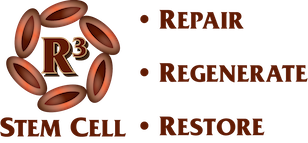Stem Cell Therapy for the Hand and Wrist
Thumb and hand joint arthritis and carpal tunnel syndrome affect millions of Americans. The constant pivoting and swiveling of the basal (base of the thumb) wears the joint out easily. In addition, repetitive use of the wrists leads to damaged tendons. To relieve the pain and inflammation of these conditions, orthopedic surgeons and pain management specialists are using stem cell therapy.
Stem cell injections use your body’s own cells, growth factors, and platelets to repair damaged wrist and hand structures that cause loss of mobility and pain. As we age, the body is not able to recruit enough stem cells to the site to fully repair the injured structure. Stem cell injection procedures help overcome this problem by administering the cells into the damaged area directly.
